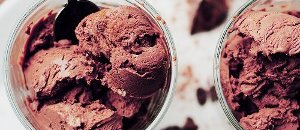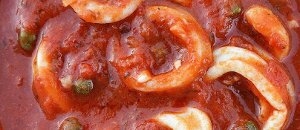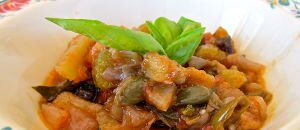Written by Maria Pistocchi — Tuesday, October 02nd, 2012
A quick overview of the cooking process
Do not overcook it!
When we light a fire under a pot, do we exactly know what happens to the food we are going to cook? The heat generates a denatured version of the proteins: think of it as a transformation. It makes them more easily digestible and increases the nutritional value. Sometimes these changes are really deep: for example, the cooked soy doubles the nutritional value of its proteins!
100 ° C / ~215 ° F
As general rule we should avoid long cooking at temperatures above 100 ° C (~215 ° F) because cooking causes loss of amino acids, which are the constituents of proteins. In other words, high temperatures destroy the building blocks of your food.
In addition to proteins, in the food there are sugars, especially glucose and fructose; the heat promotes a reaction between these two compounds known as Maillard reaction. This reaction leads to the formation of melanoidine, unaffected by digestive enzymes, unusable by the body but with the characteristic aroma and the brown color. Examples are the crust of the bread and the browning meat.
Fire up the meat
The meat become more digestible by cooking. Its muscle fibers are formed by particular proteins held together by other insoluble extracellular proteins of the connective tissue. The heat causes a denaturation (i.e. a change) of the collagen and the formation of a gelatin, that is soluble in water.
What does it mean? Initially the meat becomes more tender, but with the prolonging of the cooking it turns out to be hard like rubber. This fact is due to a coagulation of intracellular proteins which contract the muscle fibers. Now you might understand why it is so important to use the thermometer when you cook the meat!
Comments
latest articles
Father's Day traditions from a small old Sicilian village
A very peculiar recipe from Sicily, made especially on Saint Joseph’s day.
A brief history of Gelato
Gelato: what a passion! Do you know where it comes from?
Squid soup recipe from Agrigento
Wandering around Sicily: a trip to Agrigento.
Caponata: a delicious veggie dish!
From Palermo with love.
Are you guilty of bad eating habits? Infographic
Bad habits are made to be broken.






